Introduction to effective altruism
How can we do the most good with our limited time and resources?
Most of us want to help to make a better world. We see suffering and injustice, and are moved to do something about this—to seek out a world where more people experience more of the joy of life and less of the pain. But working out the best way to do that is a difficult problem.
Which cause should you support if you really want to make a difference? What career choices will help you make a significant contribution? Which charities will use your donation effectively?
That’s where effective altruism comes in.
Effective altruism is both a research field, which aims to identify the world’s most pressing problems and the best solutions to them, and a practical community that aims to use those findings to do good.
This project matters because, while some attempts to do good fail, some are enormously effective. For instance, some charities help 10 or even 100 times as many people as others, when given the same amount of resources.
This means that by thinking carefully about the best ways to help, we can do far more to tackle the world’s biggest problems.
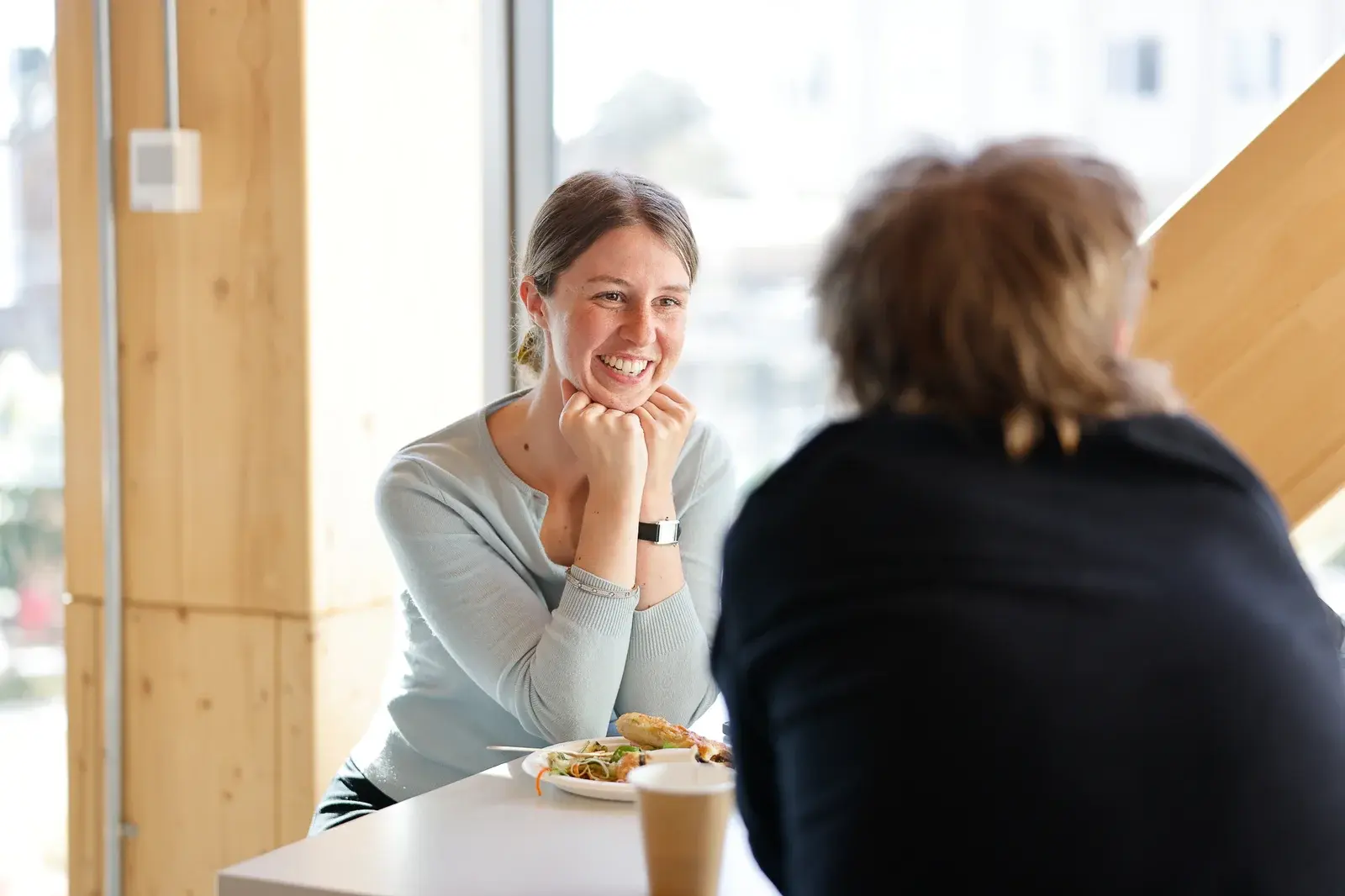

Guiding Principles

Prioritisation

Impartial Altruism

Open Truth Seeking

Collaborative spirit
Cause Areas
By applying these principles, the effective altruism community focuses on a range of different high-leverage pressing problems, also known as cause areas. While this list is neither exhaustive nor definitive, it offers some examples of effective altruism in practice.
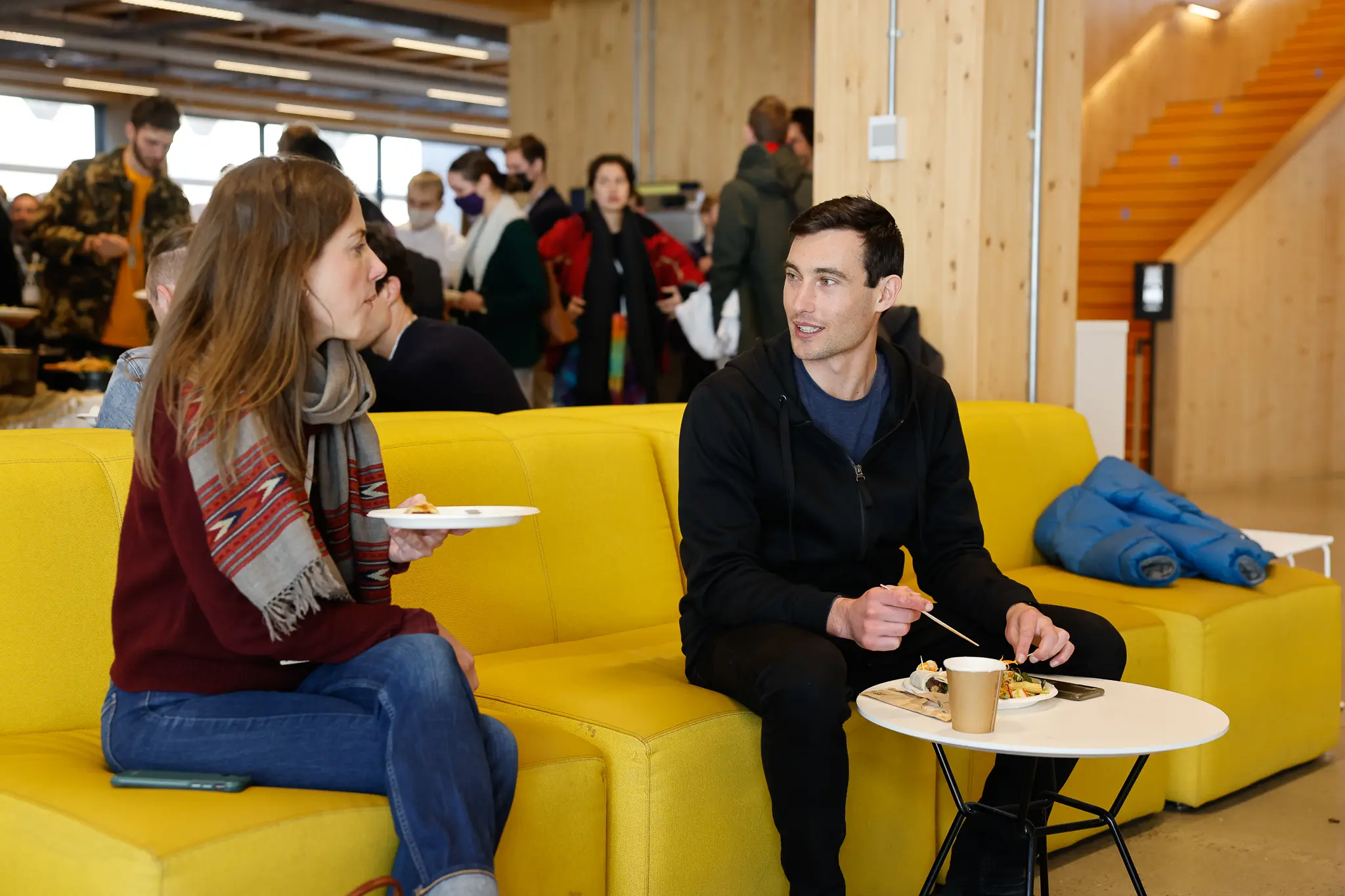

Alleviating Global Poverty
Why this issue?
It’s common to say that charity begins at home, but in effective altruism, charity begins where we can help the most. And this often means focusing on the people who are most neglected by the current system – which is often those who are more distant from us.
Global inequality is extreme. Over 700 million people live on less than the equivalent of ~A$2.80 per day (This is already adjusted for the fact that money goes further in poor countries). Because of this, transferring resources to the very poorest people in the world can do a huge amount of good.
GiveWell is an organisation that does in-depth research to find the most evidence-backed and cost-effective health and development projects. It discovered that while many aid interventions don’t work, some are extremely effective, like providing insecticide-treated bednets, which can save a child’s life for about A$7,500 on average.
Some examples of what's been done
Over 135,000 individual donors have used GiveWell’s research to contribute more than US$1 billion to its recommended charities, supporting organisations like the Against Malaria Foundation, which has distributed over 200 million insecticide-treated bednets. Collectively these efforts are estimated to have saved 159,000 lives.
In addition to charity, it’s possible to help the world’s poorest people through business. Wave is a technology company founded by members of the effective altruism community, which allows people to transfer money to several African countries far cheaper than existing services. In Senegal alone, Wave has saved its users hundreds of millions of dollars in transfer fees – around 1% of the country’s GDP.
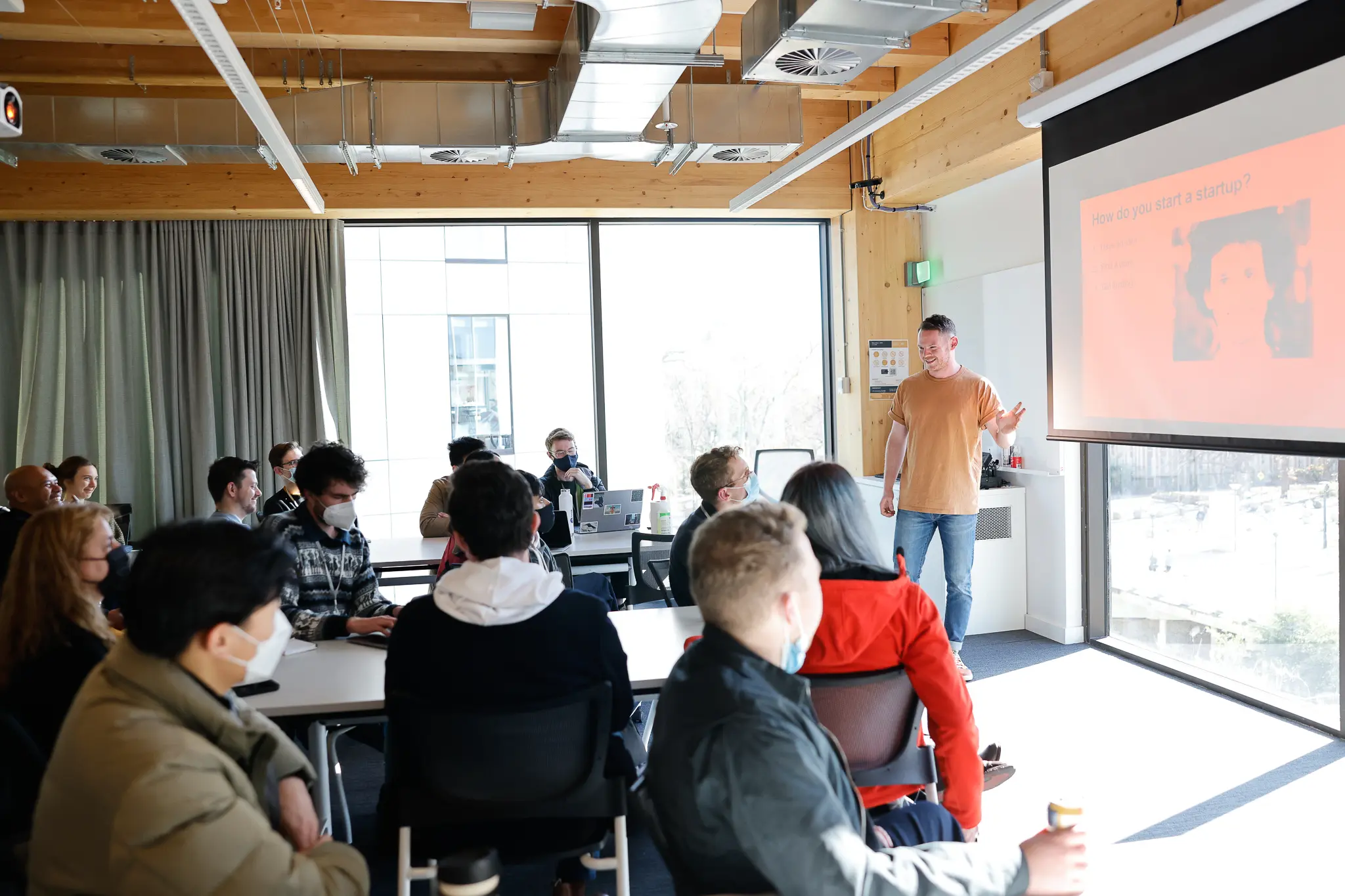
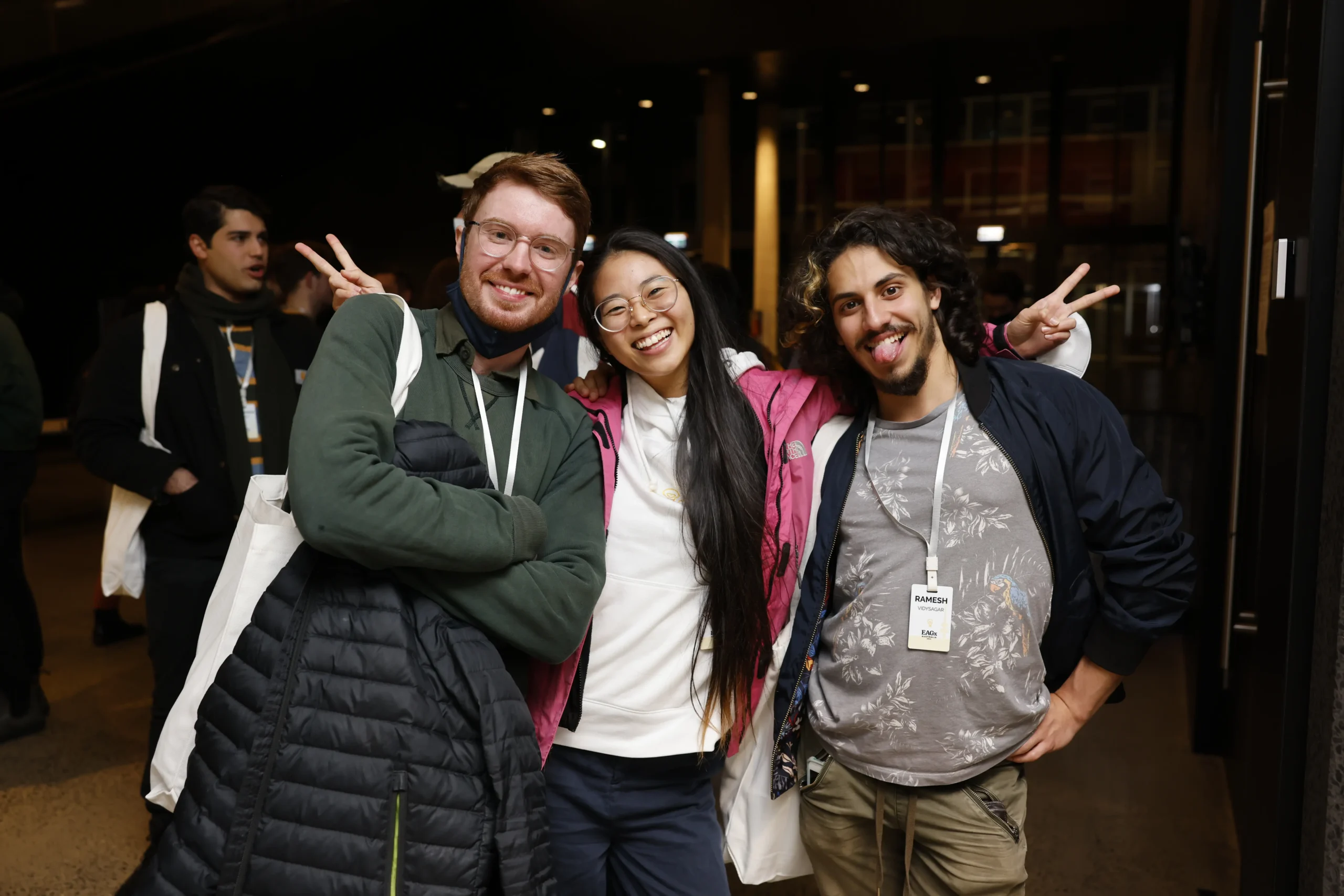
Ending Factory Farming
Why this issue?
People in effective altruism try to extend the circle of others who they care about – not only to those living in distant countries or future generations, but also to non-human animals. The advent of industrialised agriculture means that tens of billions of land animals are kept in inhumane conditions on factory farms each year – often unable to turn around their entire lives, and endure routine surgical procedures without anaesthetic.
Lots of people agree we shouldn’t make animals suffer needlessly, but most of this attention goes towards pet shelters. In the US, about 1,400 times more animals pass through factory farms than pet shelters. Despite this, pet shelters receive around $5 billion per year in the US, compared to only $200 million on advocacy to end factory farming.
Some examples of what's been done
One strategy is advocacy. The Open Wing Alliance, which received significant funding from funders inspired by effective altruism, developed a campaign to encourage large companies to commit to stop buying eggs from caged chickens. They have secured about 3,000 new corporate policies in the last ten years. As a result over 165 million birds have been spared from cages to date.
Another strategy is to create alternative proteins, which if made cheaper and tastier than factory farmed meat, could reduce demand for meat. The Good Food Institute supports this ecosystem, with over 1,000 companies now racing to bring new products to market, and governments turning their attention to regulating and investing in new cultivated meat with the support of advocates in the effective altruism community.
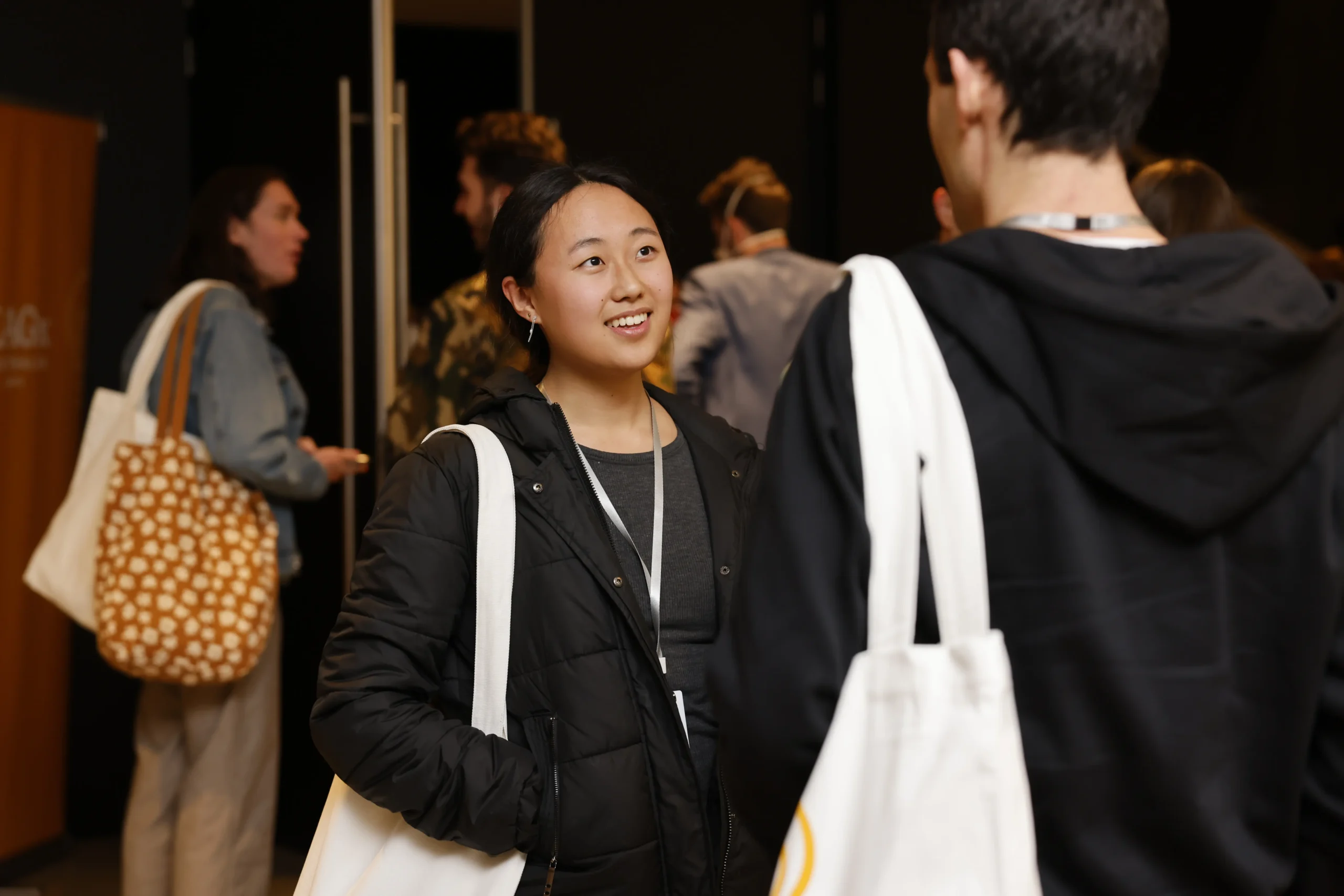


Improving the Long-term Future and reducing risks of existential catastrophes
Why this issue?
Many of us care about the wellbeing of people, even if they haven’t been born yet. Because the future is so vast, the number of people who could exist in the future is probably many times greater than the number of people alive today. Just as we shouldn’t ignore the plight of the global poor just because they live in a foreign country, we shouldn’t ignore future generations just because they are less visible.
Unfortunately, there are many ways in which we might miss out on a very positive long-term future. Climate change and nuclear war are well-known threats to the long-term survival of our species. Many researchers believe that risks from emerging technologies, such as advanced artificial intelligence and engineered pathogens, may be even more worrying. These technologies have the potential to radically shape the course of progress over the centuries to come.
Yet existential risks stemming from these technologies have been surprisingly neglected – there are just hundreds of people working on existential risks from AI or pathogens worldwide. For this reason, many people in the effective altruism community think that it would be prudent for our civilization to spend more time and money mitigating existential risks.
Some examples of what's been done
The effective altruism community has been instrumental in helping build awareness around the potential risks of artificial general intelligence, and build the community of organisations and researchers working to mitigate these risks, including the Centre for the Governance of AI in Oxford and the the Center for Human-Compatible AI at UC Berkeley.
Members of the effective altruism community helped to create the Apollo Programme for Biodefense, a multibillion dollar policy proposal designed to prevent the next pandemic.
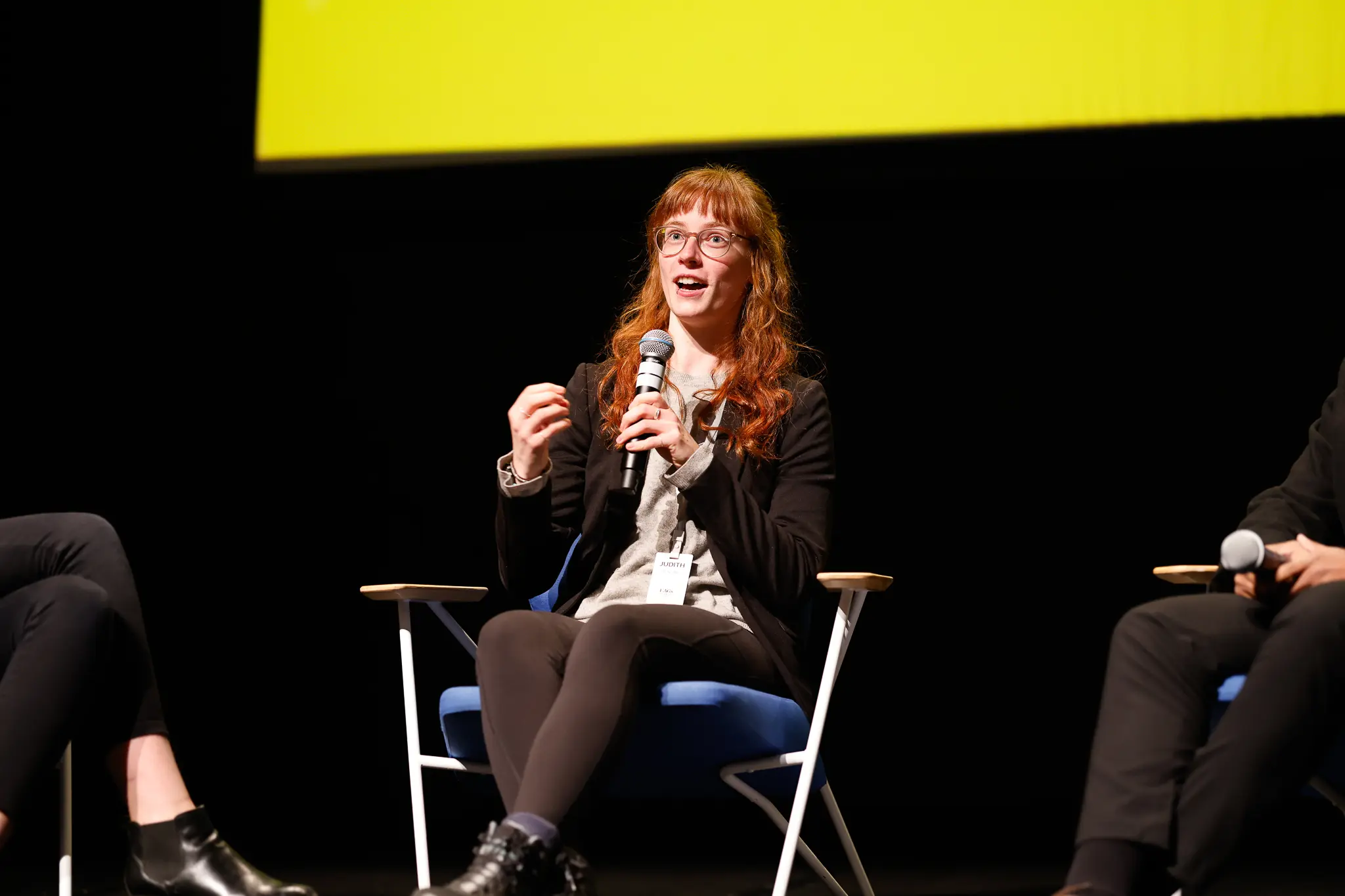
Curious to learn more about effective altruism?
Effective giving
Learn about how to give effectively at Giving What We Can, including the Giving What We Can Pledge, and effective donation opportunities across a range of cause areas.
Impactful career
Discover how to make the most significant impact through your career by exploring resources from Probably Good and 80,000 Hours. This includes the 80,000 career guide, one-on-one career advisor calls, and browsing their job board for high-impact opportunities.
Global community
Effective altruism is a global community, being applied by tens of thousands of people in more than 70 countries. You can connect with the community via: a range of specialised online groups, engage with the latest conversations and posts on the EA Forum, and explore all the latest events and conferences happening worldwide.
Learn more
You can learn more via the effective altruism handbook, or participate in a virtual program, where you can learn more about effective altruism principles and connect with other like-minded individuals from around the world.
